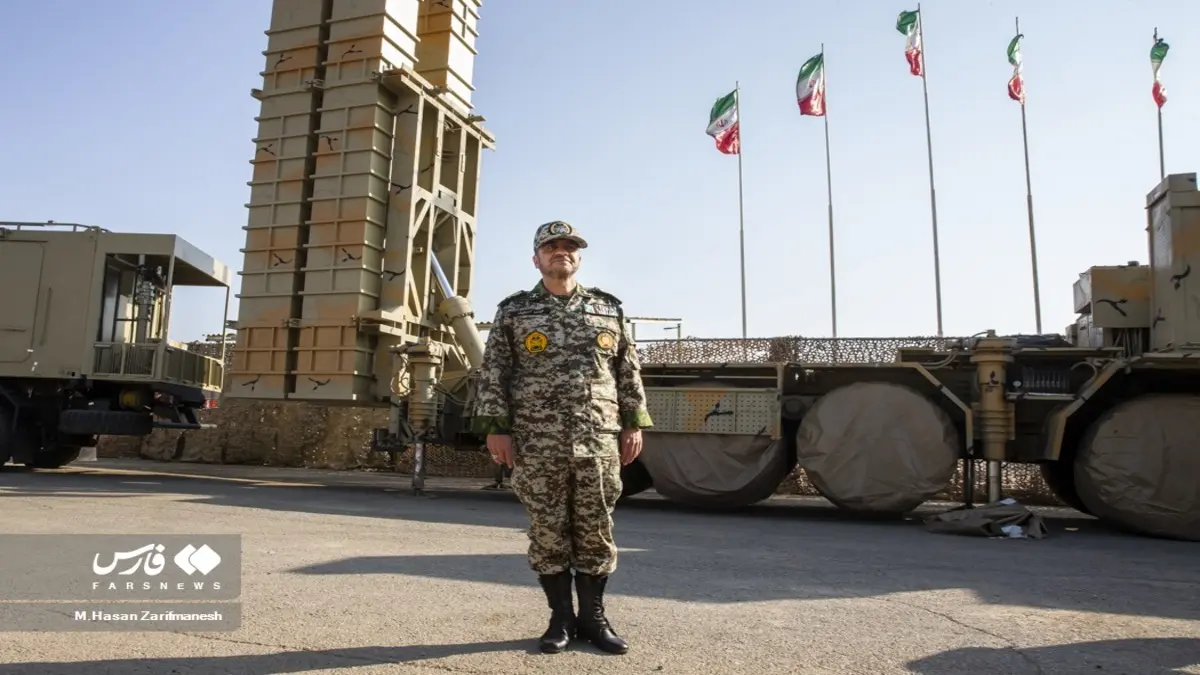“(Tehran) — Following a series of Israeli air strikes on Iranian territory earlier this week, Iran has put its air defense forces on the highest alert in a broad display of military preparedness. The escalation marks a significant shift in the regional security landscape and a new phase in the confrontation between Tehran and Jerusalem.
Advanced Iranian defense systems — including the Bavar-373 and Khordad-15 — have been deployed to protect key strategic sites. There has been a sharp increase in military activity at high-value targets such as Tehran, Natanz and the Fordow nuclear facility, including redeployed radar units and mobile missile launchers. Satellite images reviewed by regional observers confirm widespread movement of surface-to-air batteries and early warning systems.
Iranian authorities imposed partial airspace restrictions on major airports, including Imam Khomeini International Airport Commercial flights from the hub have been suspended, including to major US hubs. Military spokesmen say the nation’s defense grid is now “in full working order.”
In an address to the nation on Thursday evening, Supreme Leader Ayatollah Ali Khamenei declared a national emergency, promising a “tough and proportionate” response. Senior IRGC commanders echoed his statements, warning that Iran was prepared for continued action if there were further provocations.
Regional consequences and international reactions
The effects of Iran’s mobilization are being felt across the region. Reports suggest that neighboring states, including Iraq, Syria and Lebanon, have raised their military alert levels, anticipating further escalation. Increased Israeli air patrols along its northern borders and the presence of US naval forces in the Persian Gulf reflect growing international concern.
The United States, It has begun withdrawing non-essential personnel from its diplomatic posts in Baghdad, Erbil and Muscat, insisting it had no role in the Israeli action. Meanwhile, commercial airlines are rerouting traffic to avoid airspace over both Iran and Israel. The adjustments have had a serious impact on Middle Eastern and European air travel corridors.
Oil markets reacted immediately. Prices jumped more than 10 percent on fears of shipping disruptions. Through the Strait of Hormuz – a chokepoint for about a fifth of the world’s crude oil. Markets turned sharply negative as investor sentiment globally rose.
Strategic implications and the future of risk
Defense analysts say Iran’s highly visible military mobilisation acts as both a deterrent and a diplomatic message. By strengthening its air defences and knowing they are prepared, Iran is focusing on its ability to respond decisively to any further attacks. is. is emphasizing. Video footage broadcast on state television shows missile systems deployed and radar units operating near urban centers and sensitive infrastructure.
While the measures appear defensive on the surface, experts warn that the region is entering a particularly dangerous phase. With both Iran and Israel on high alert, and multiple proxy forces potentially involved, the risk of accidental engagement is increasing. A single miscalculation – due to faulty intelligence, misidentified aircraft or retaliatory attacks by third parties – could quickly escalate the conflict beyond its current borders.
Complicating the situation, Iran’s show of force comes ahead of new nuclear talks with the United States in Oman. Observers speculate that Tehran’s mobilization could be a calculated move to strengthen its negotiating position.
Whether this is a shield or a signal remains to be seen. What is certain, however, is that the security balance in the Middle East is in a precarious state and a Entering an unexpected chapter – a chapter in which the cost of a wrong decision could be greater than ever.








Leave a Reply